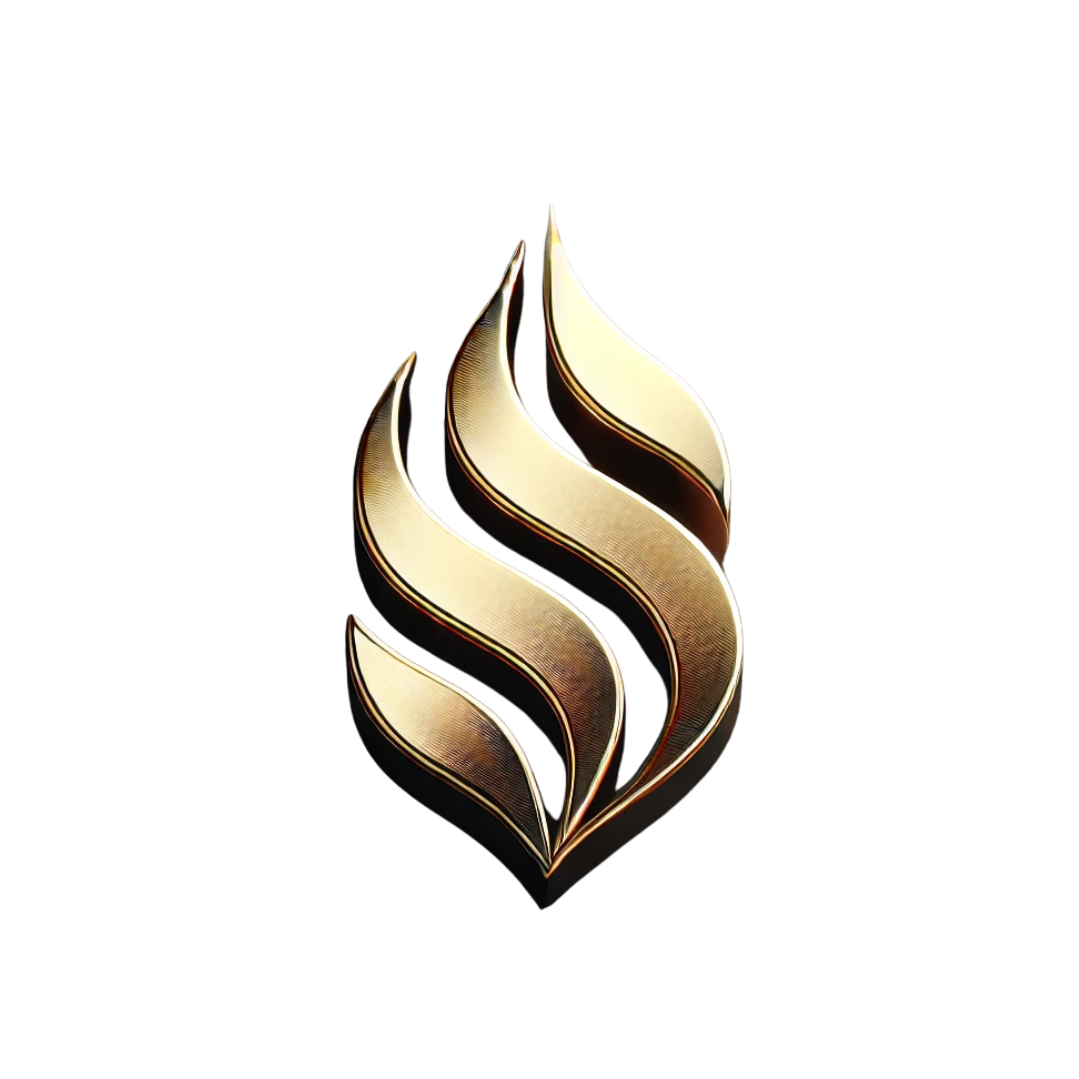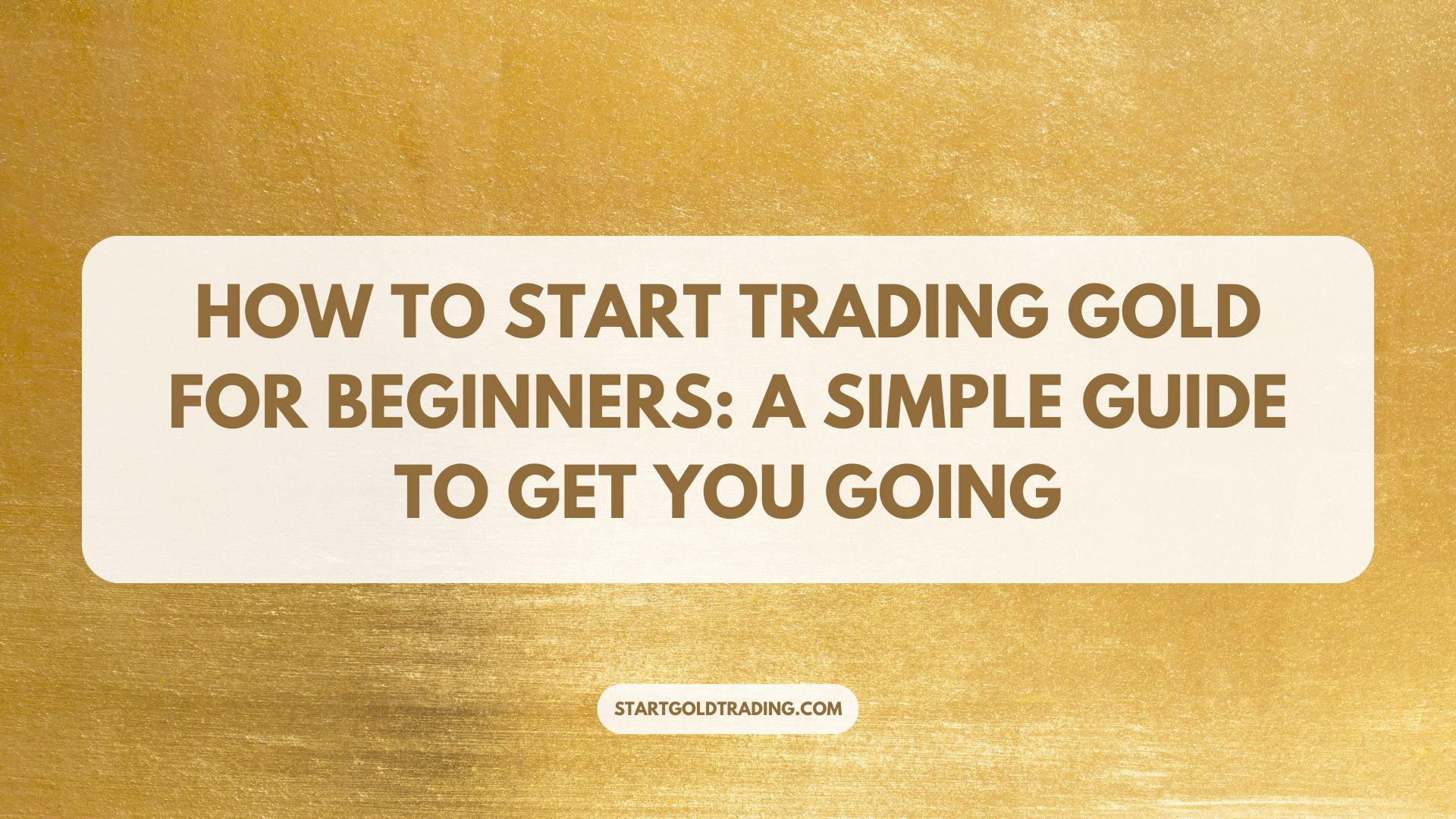Introduction
Did you know that gold has been traded for over 2,500 years? From ancient coins to modern online platforms, gold has remained a symbol of wealth and a go-to asset during uncertain times.
If you’ve been curious about how to start trading gold as a beginner, this guide is your one-stop resource. We’ll break down the gold trading process in simple terms, show you where to start, what to avoid, and how to build your strategy with confidence.
What is Gold Trading?
Gold trading is the buying and selling of gold as a financial asset, typically with the goal of profiting from price changes. Today, you can trade gold without ever touching a physical gold bar. Thanks to digital platforms, you can trade:
- Spot gold: Direct trades at current market prices.
- Gold futures: Contracts to buy or sell gold at a future date.
- Gold options: Contracts that give you the option (not obligation) to trade gold at a set price.
- Gold ETFs: Securities that track the price of gold, traded like stocks.
- CFDs (Contracts for Difference): Derivative contracts to speculate on gold price movements without owning the asset.
Unlike buying jewelry or bullion, trading gold online allows you to participate in price movements whether the market is going up or down.
Why is Gold Trading Important for Beginners?
Here’s why many beginners are drawn to trading gold:
- Safe-Haven Reputation
During crises, gold often rises in value while stocks and currencies fall. - High Liquidity
The gold market is one of the most liquid in the world, meaning it’s easy to enter and exit trades. - Inflation Protection
Gold tends to retain value when inflation erodes purchasing power. - 24/5 Market Access
With global markets, you can trade gold nearly around the clock. - Suitable for Multiple Strategies
From long-term investing to short-term scalping, gold supports diverse trading styles.
Step-by-Step Guide to How to Start Trading Gold for Beginners
Step 1: Decide What Type of Gold Asset to Trade
Each type of gold asset has pros and cons:
- Spot gold is ideal for beginners due to its simplicity and transparency.
- Gold futures offer leverage but require more capital and knowledge.
- Options provide flexibility but can be complex to understand.
- ETFs are low-risk and good for passive traders.
- CFDs are great for short-term trades with small accounts but come with leverage risks.
👉 For new traders, starting with spot gold or ETFs is usually the safest route.
Step 2: Choose a Reputable Trading Platform
Look for a broker or platform with:
- A user-friendly interface
- Strong regulatory oversight (FCA, ASIC, CySEC, etc.)
- Competitive fees and spreads
- Access to educational materials and analysis tools
- Mobile compatibility
- Reliable customer support
Top choices include:
- DecodeEx – Easy onboarding, great for new traders
- MetaTrader 4/5 – Feature-rich for technical analysis
- TradingView – Powerful charting tools and social insights
- eToro – Copy-trading for those who want to follow pros
Step 3: Learn Technical Analysis
Technical analysis helps you predict future price movements based on past price action.
Key tools to learn:
- Moving Averages (MA) – Track price trends over time
- Relative Strength Index (RSI) – Identifies overbought/oversold conditions
- MACD – Shows momentum and trend changes
- Support & Resistance – Key levels where price tends to reverse
- Chart patterns – Recognize formations like flags, triangles, and double tops
Practice identifying these on gold charts before placing trades.
Step 4: Understand Fundamental Factors That Influence Gold
Gold prices are heavily influenced by macroeconomic events. Stay informed by watching:
- Interest rate decisions (especially from the U.S. Fed)
- Inflation data
- Unemployment and GDP figures
- Geopolitical tensions (wars, elections, global conflicts)
- U.S. Dollar strength – Since gold is priced in USD, the two are often inversely correlated.
Bookmark sites like:
- Investing.com
- TradingEconomics
- Reuters Commodities
- ForexFactory
Step 5: Set Up a Risk Management Plan
Before entering any trade, know your risk.
- Risk only 1–2% of your account on any single trade.
- Always use a stop-loss order to limit losses.
- Set a take-profit level to lock in profits.
- Use leverage cautiously. Start with low leverage until you build experience.
- Keep a trading journal to learn from wins and losses.
Step 6: Practice with a Demo Account
Before risking real money:
- Open a demo account with your chosen platform.
- Simulate real trades using current market data.
- Test your strategy and learn the platform tools.
- Transition to a live account only after 1–2 months of consistent performance.
Common Mistakes Beginners Make
Avoid these pitfalls:
- Overleveraging: Too much borrowed capital magnifies losses.
- No Strategy: Jumping into trades without a plan leads to random outcomes.
- Ignoring Fundamentals: News events can invalidate technical setups.
- Emotional Trading: Fear and greed cause rushed decisions.
- Inconsistent Position Sizing: Don’t bet big when you feel lucky—stick to your rules.
Expert Tips for Beginners
- Start small and grow slowly.
- Never risk money you can’t afford to lose.
- Use alerts to track price movements instead of staring at charts all day.
- Stick to one strategy until you master it.
- Keep learning through free webinars, podcasts, and books.
Frequently Asked Questions (FAQs)
Q: Can I start trading gold with $100?
Yes. Some platforms allow you to trade fractional lots with as little as $100, especially with CFDs or ETFs.
Q: Is gold trading safe?
It carries risks like all trading, but gold is more stable than many assets. Risk management is key.
Q: What hours can I trade gold?
Gold is available almost 24 hours a day, Monday through Friday, across global markets.
Q: Should I trade or invest in gold?
If you’re looking for long-term value, investing in gold is smart. If you want to profit from price movements, trading is the way to go.
Q: Can I trade gold on my phone?
Absolutely. Many platforms offer mobile apps for trading on-the-go.
Conclusion
If you’ve been asking yourself how to start trading gold for beginners, the answer lies in education, practice, and patience. Gold is one of the most accessible and beginner-friendly trading markets—if approached correctly.
Start by learning the basics, choosing the right platform, and sticking to a disciplined plan. Use demo accounts to gain confidence and focus on continuous improvement.
Ready to begin? Open a demo account today and test your first gold trade risk-free—or read our full guide for beginners here: Mastering Gold Trading: A Comprehensive Guide for Beginners – Start Gold Trading to sharpen your edge.

